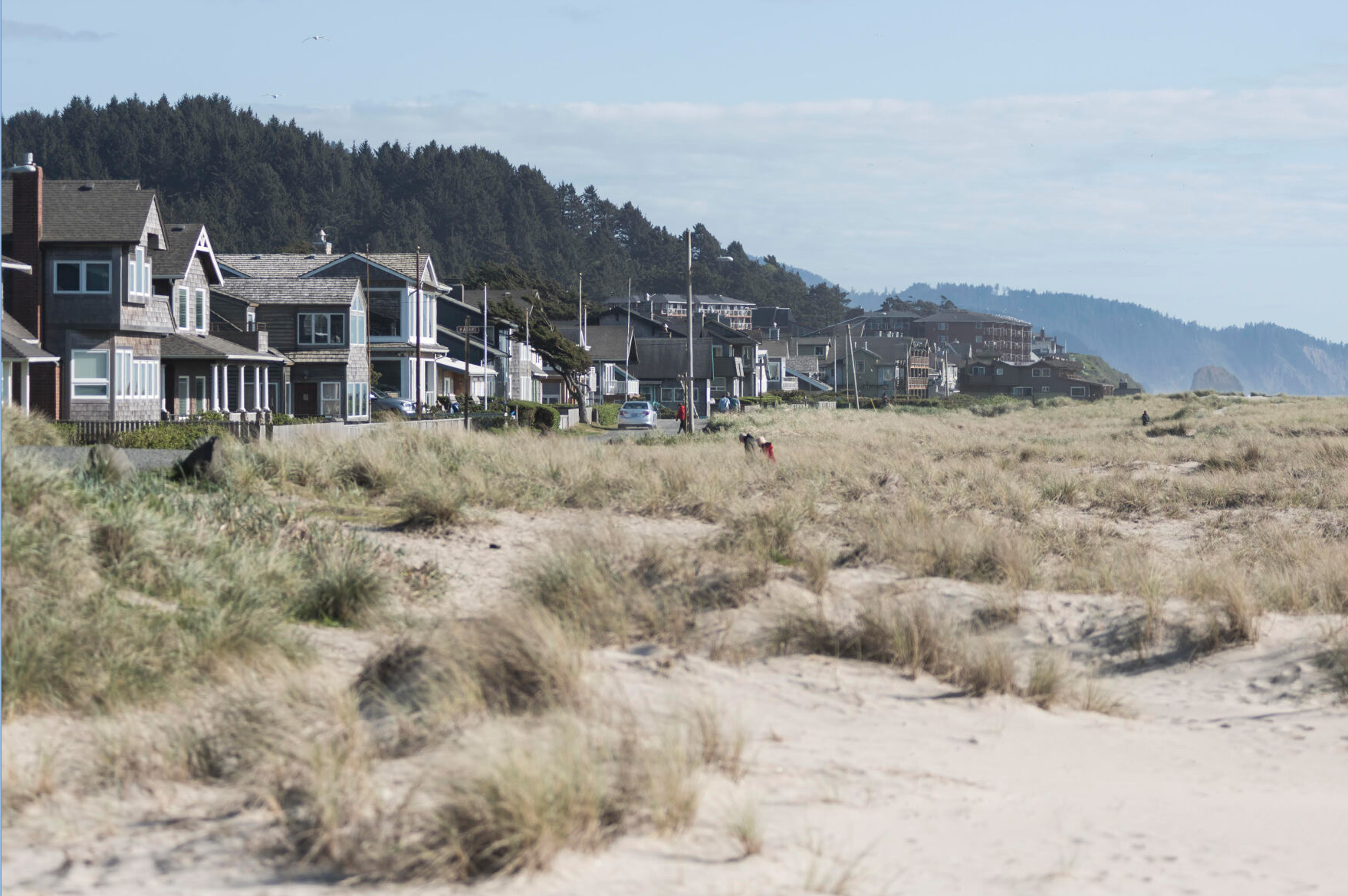Third sea otter washes up on Long Beach Peninsula
Published 8:00 pm Tuesday, June 23, 2015

- This sea otter found June 16 is the third one that washed up dead in the area. It was near the Seaview 30th Street drainage.
SEAVIEW, Wash. — A third dead sea otter has washed up on the Long Beach Peninsula.
Trending
The otter found near Seaview June 16 was too bloated to provide samples for testing, so biologists with the U.S. Fish and Wildlife Service don’t know exactly how it died, but say a deadly marine toxin that has shutdown several Washington state fisheries in the last two months — domoic acid — is likely not to blame.
The same could not be said for other marine mammal deaths on the Peninsula.
On May 20, an employee with the Washington Department of Fish and Wildlife videotaped a California sea lion having seizures on a beach near Long Beach.
Trending
The animal was euthanized and its samples sent out for testing. Now those samples are back and it is clear high levels of domoic acid caused its bizarre behavior — the highest levels recorded in a sea lion on the Washington coast.
Last week, NOAA announced it was sending out researchers to examine the largest toxic algal bloom in nearly a decade on the West Coast. The bloom, stretching from Monterey Bay, Calif., to Homer, Alaska, involves three different harmful algae and has already led to the early closure of razor clam fisheries in Oregon and Washington and Dungeness crab fisheries in southern Washington.
Though one of the results of such blooms, domoic acid, rarely affects sea otters, state and federal biologists say the scientific literature shows that these blooms, and domoic acid in particular, can destroy sea lions. They are worried what the blooms could mean for these and other marine mammals and birds.
“Right now it’s kind of a ‘wait and see’ scenario,” said Jim Rice, stranding coordinator for the Oregon coast based out of the Hatfield Marine Science Center in Newport.
“Fortunately, we’re not seeing a big effect from domoic acid, yet,” Rice added, explaining this could be because, right now, California sea lions are leaving Oregon and Washington for their breeding grounds farther south. Depending on how long the bloom persists, however, the sea lions could hit it again when they return in the late summer and early fall.
The sea lion that died on the Peninsula last month was a surprise. Such high levels of domoic acid had not been seen in a sea lion before in Washington, and were still low compared to what has been found in sea lions off the California coast where outbreaks of domoic acid are more common.
“Historically (central California) has been the ground zero for mortality attributed to domoic acid, especially among California sea lions,” Rice said. The toxin can cause permanent brain damage, destroying the part of the brain that deals with memory, which in turn affects the animal’s ability to travel and navigate ocean and river waters, and can cause seizures.
“It was a little unusual for us,” said Deborah Duffield, a biology professor at Portland State University. Duffield, along with research assistant Dalin D’Alessandro, investigates numerous marine mammal strandings and deaths from Tillamook to the Peninsula.
It is rare to find a sea lion that is still fresh and that has clearly died as a result of domoic acid, she said. Most of the dead pinnipeds they encounter have been shot. Many more are too decomposed to determine what might have killed them. Though samples from all of these animals are stored, it is rarely worth it to the different agencies that deal with marine mammals to pay for further testing.
Researchers and biologists know one thing for sure right now: Domoic acid is out there. The phytoplankton that produces it is there and smaller animals are eating it up. These animals are being eaten by larger animals and some of those larger animals are acting weird.
In any other year, Dyanna Lambourn, marine animal research biologist with WDFW, said testing for domoic acid in dead animals would be low on the department’s list “because we just haven’t seen these high levels up in Washington.” There are other diseases that can cause similar symptoms, after all.
“If this event continues, there may be a need to do more screening on animals if they start presenting the symptoms,” Lambourn said, adding, “Since we do know there are high levels of domoic acid out there … it’s higher on our list that, gee, that could be why.”
California sea lions are “the poster children” for domoic-acid-related mortality, but sea birds and other seals and sea lions are also potential victims. Lambourn and other biologists are looking at species in California that have been affected by large concentrations of the toxin.









